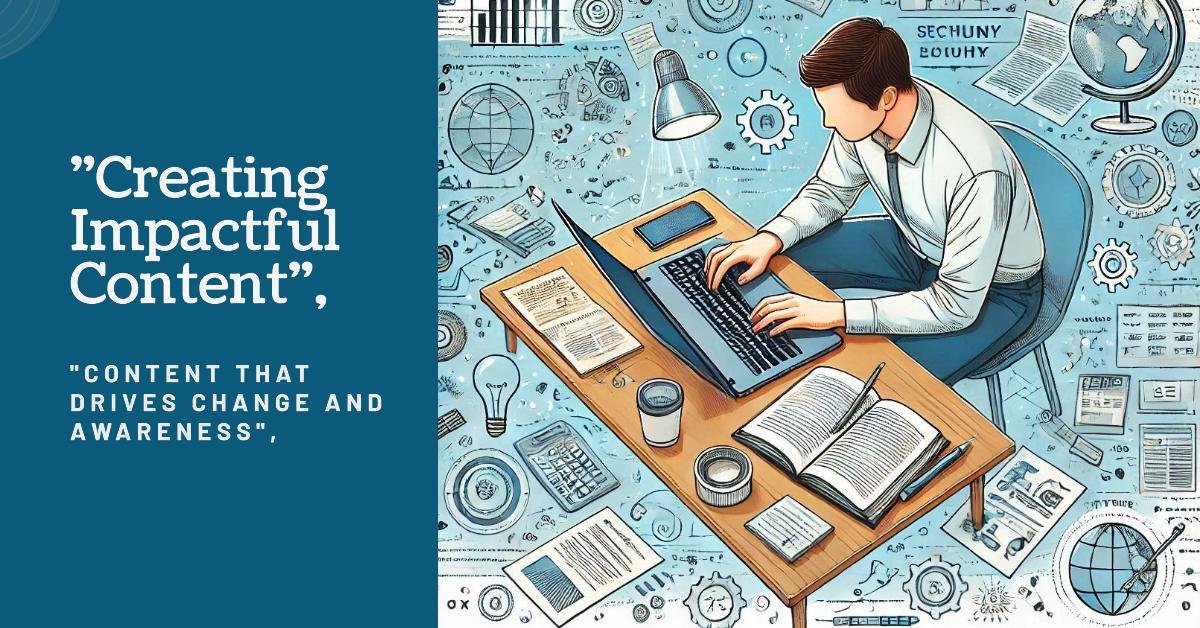
In today’s competitive market, understanding the B2B sales funnel is essential for businesses that want to attract and retain clients. The funnel acts as a roadmap that guides potential customers from the moment they first learn about a product to when they make a purchase.
A B2B funnel is a visual representation that outlines how potential customers move from becoming aware of a product to purchasing it. This helps businesses understand the path their leads follow and allows them to create the right touchpoints at each journey stage. It’s crucial because it enables firms to guide prospects and close sales effectively.

B2B and B2C funnels are different in several ways:
A typical B2B funnel has three primary stages:
Let’s break down these stages in more detail.
At the awareness stage, potential customers realize they have a problem and start looking for solutions. This is where businesses work to get their brand noticed. The goal at this point is to raise awareness and attract leads who will eventually move through the rest of the funnel.
Using the proper marketing channels can make a big difference in the B2B marketing funnel. Some of the best channels for creating awareness are:
At this stage, focusing on educational content that provides value to your audience without asking for significant commitments is essential.
The consideration stage is when potential customers actively search for solutions to their problems. They’ve identified their pain points and are now comparing options, including your product. The goal is to engage them and provide valuable information showing how your solution can meet their needs.
These methods help build trust and demonstrate that you understand their challenges, making it easier for them to see the value of your solution.
Some practical tools and techniques for this stage include:
In the decision stage, potential customers are ready to choose a solution. They’ve done their research and are now deciding whether your product or service fits their needs best. This is where businesses need to shine and convince prospects to make the final decision.
At this stage, it’s common for prospects to have concerns or objections. Businesses must address these concerns directly by listening to their worries and providing clear answers. Highlighting unique benefits that differentiate your product from competitors can help alleviate doubts.
After a purchase, the journey doesn’t end. In the B2B sales pipeline stages, customer retention is as necessary as acquiring new customers. Happy customers are more likely to stay and continue doing business with you, boosting your long-term revenue.
Some strategies for building customer loyalty include:
Businesses should focus on continuous improvement to keep the B2B sales funnel running smoothly. They can ensure their funnel stays effective by analyzing data, testing different approaches, and making adjustments. A/B testing is beneficial, as it allows businesses to compare different versions of content to see which performs better.
By following these strategies, businesses can better navigate the B2B marketing funnel and turn prospects into long-term customers, ultimately achieving higher conversions and stronger client relationships.

